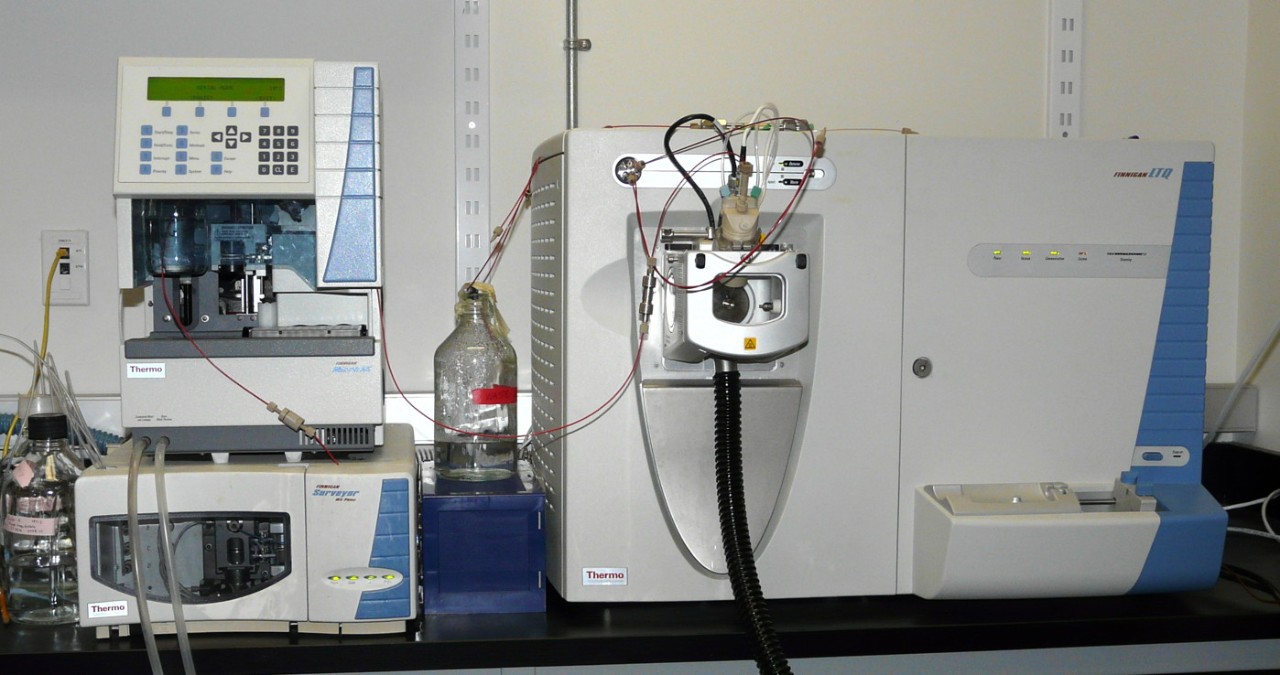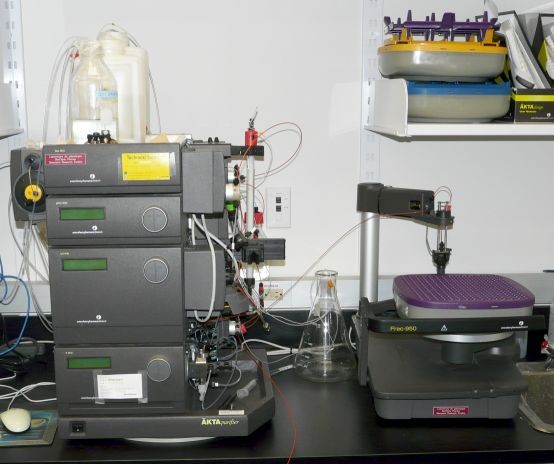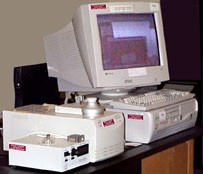The VP-ITC isothermal titration microcalorimeter measures the heat that is generated or absorbed in liquid samples as a result of mixing two or more reactants. This is a highly precise instrument that can detect changes to just above one nanocalorie per second and can operate from 2° - 80° C. It can be used to study the interaction of proteins to other proteins, DNA or other ligands. The data that is generated can be used to calculate various physical parameters, such as the reaction stoichiometry, binding constant, enthalpy and entropy.
Location: SP 280.18













